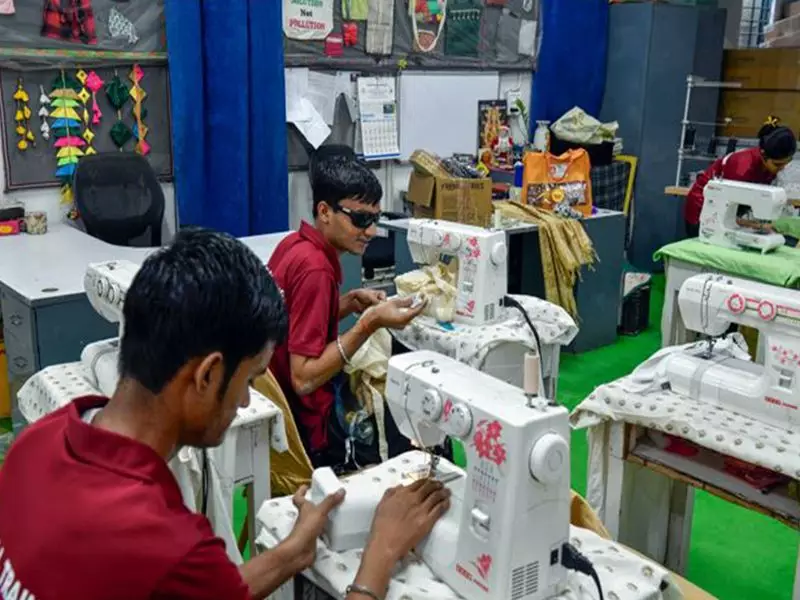
In a significant development for India's retail sector, the recent Goods and Services Tax (GST) rationalisation is poised to deliver a substantial boost to organised apparel retailers. According to a comprehensive analysis by CRISIL Ratings, this tax reform could increase revenue growth for organised players by a remarkable 200 basis points.
The GST Game-Changer for Fashion Retail
The restructuring of GST rates creates a more level playing field that strongly favours established, organised retailers over their unorganized counterparts. This strategic tax reform addresses long-standing competitive imbalances in the Indian apparel market.
Key Impacts on Market Dynamics
For organised retailers: The revised tax structure significantly reduces the price gap between organised and unorganised segments. This elimination of the previous tax advantage enjoyed by unorganised players means consumers now have less incentive to choose unbranded alternatives based solely on price considerations.
For unorganised sector: Smaller, unregistered retailers face increased compliance burdens and reduced competitive pricing power. Many previously enjoyed tax advantages that allowed them to offer lower prices, but the new framework closes these gaps.
Broader Industry Implications
The CRISIL Ratings analysis highlights several critical outcomes from this tax rationalisation:
- Accelerated formalisation of the apparel retail sector
- Improved tax compliance and revenue collection
- Enhanced competitive positioning for branded retailers
- Potential consolidation in the retail landscape
Consumer Benefits and Market Shifts
Indian consumers stand to benefit from increased transparency, better quality products, and enhanced shopping experiences as organised retailers expand their footprint. The reduced price differential makes branded apparel more accessible to a broader consumer base.
The GST rationalisation represents a pivotal moment for India's apparel industry, potentially accelerating the ongoing shift toward organised retail that has been gradually transforming the sector over the past decade.
This reform comes at a crucial time when consumer spending on apparel is recovering post-pandemic, and retailers are looking for growth catalysts in an increasingly competitive market environment.





